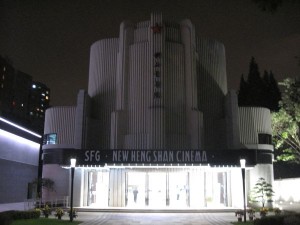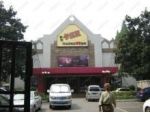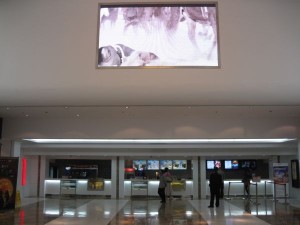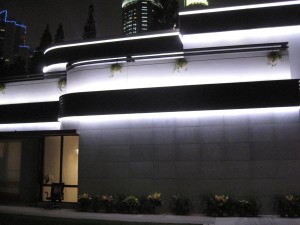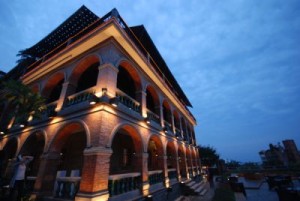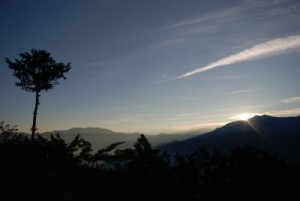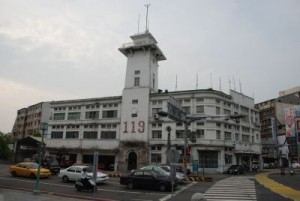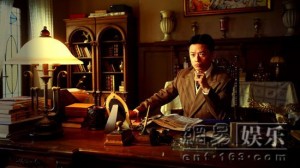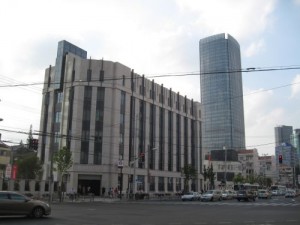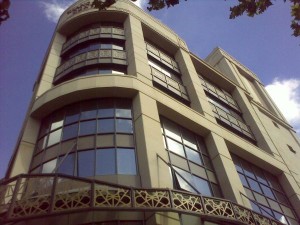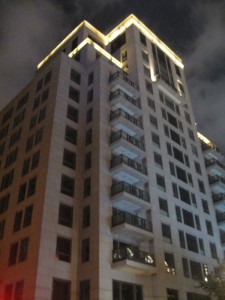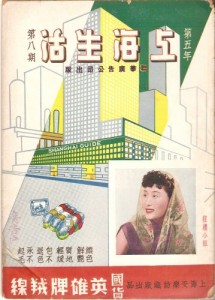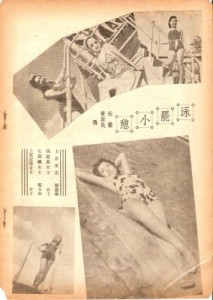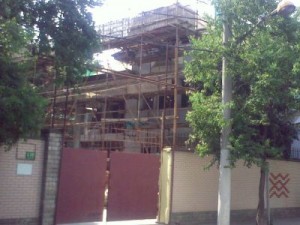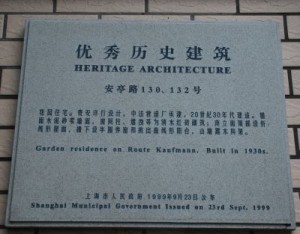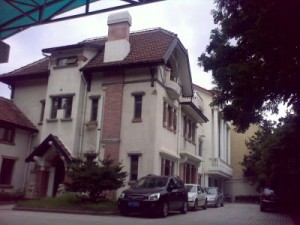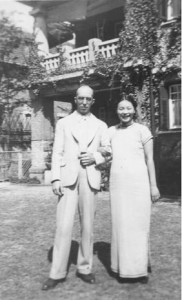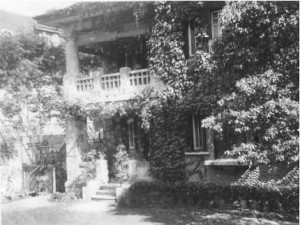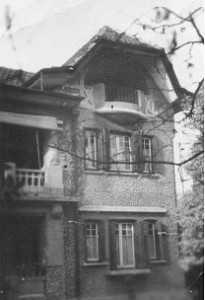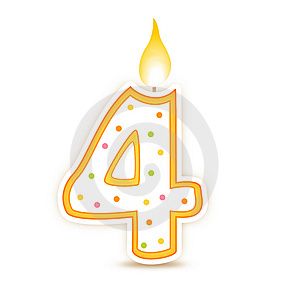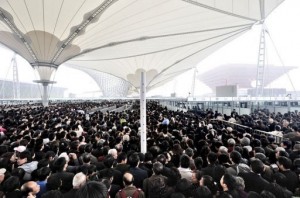
Shanghai World expo 2010 attracted the eyes of the world to our city. Thousands came from abroad to see it, but millions traveled within China to attend. This gigantic tourism fair was a great opportunity to introduce the world to many people that had never seen it before. Just like the expos from the beginning of the century it offered a window to the world for many, most of them eager to discover it. In that sense it was a great success and will mark the mind of millions.
Preparation for the expo took years and was surely not confined to the expo site. The whole city was painted fresh, including many of the old colonial buildings. I have heard many time that the expo deadline was sometimes an excuse for demolishing old relics faster, but it’s not always that clear cut. The destroyed districts were doomed anyway and the attention to the city allowed some renovation to take place, at least on the outside of the buildings.
The expo drew millions to the expo site, many of them staying over in Shanghai or in the surrounding cities. For many visitors it was the first time in Shanghai and the city itself also attracted crowds. Like in any cities, there are some focal points that one must visit when coming in, including the Bund and Nanjing Road. After the daily visit to the expo site, most of the visitors went to admire the re-developed Bund and the lights of Pudong. The crowd covered the whole area making the traffic in this crucial part of the city nearly impossible. Moreover, buses were occupying most of the street space, pushing other vehicles around and creating giant traffic jams. The same happened to the end of Nanjing Road that almost turned pedestrian every night. Of all it is now gone and Shanghainese can now enjoy the Bund and the whole area without being engulfed into a sea of people.
The expo also clearly showed the staggering difference between the sophisticated and urbanized Shanghainese, and crowds from the country side. Most of those people had little idea on how to behave is such a big city, just like crossing street crossing and simple politeness. Driving was also an issue as cars from the surroundings provinces flocked the cities, often blocking the traffic while figuring the way to go. Just like Parisians often complain about “provincial drivers” in Paris, Shanghai cab drivers had little patience for the out of town people. Just like others major cities in the world, Shanghai is quite different from the rest of the country, and the contrast was never so blatant as during the expo.
Fortunately, Shanghai Expo 2010 has been a success, leaving a positive durable impact on the city. I am still disappointed that although the expo took place in Shanghai, no mention was done within it about Shanghai history and its special relationship with abroad… but the millions of people looking at the city and discovering will surely have a long lasting effect. Finally, the crowds are now gone, leaving us some time and space to enjoy the city again and all its new developments. Thank you for giving us our city back.

